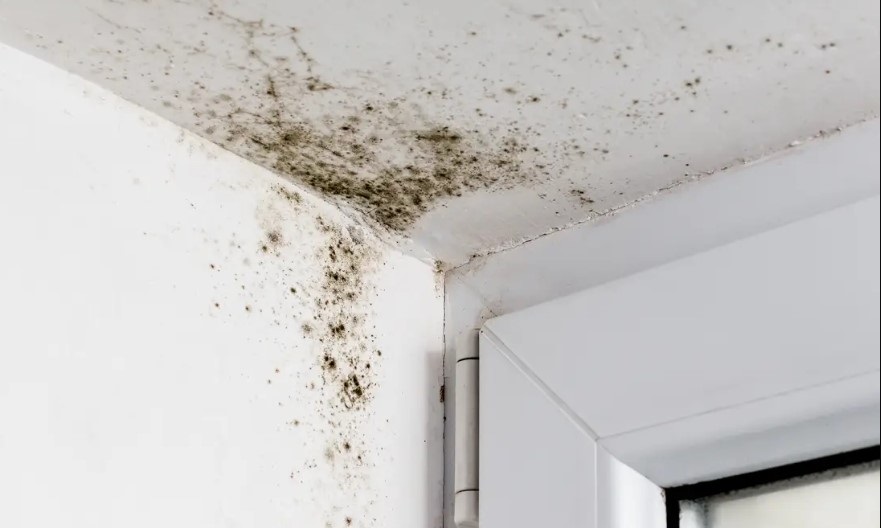Prolonged mold exposure causes many health issues like allergies, asthma, and respiratory infections. Mold remediation often involves removing affected drywall, carpets, and other materials. However, this process is expensive, invasive, and time-consuming. In recent years, ozone has gained attention as a potentially effective alternative for killing mold. Ozone generators purportedly fill a room with ozone to oxidize and destroy mold spores and mycotoxins.
Ozone, represented chemically as O3, constitutes an unstable gas comprising three oxygen atoms. It has a pungent odor and is a powerful oxidant, meaning it reacts strongly with other compounds. Ozone occurs naturally in the Earth’s atmosphere, where it shields us from ultraviolet radiation. The gas is also artificially produced to disinfect drinking water, treat wastewater, and sanitize laundry, surfaces, and air. At high concentrations, ozone is toxic to humans and animals. However, at low concentrations, it breaks down quickly to regular oxygen and is considered relatively safe. The FDA has established safety limits on ozone concentration and exposure times. When used properly, ozone is a highly effective antimicrobial agent.
How does ozone kills mold?
Ozone destroys mold in two key ways:
- Direct oxidation of mold cells – Ozone damages the cell membranes of mold spores and mycelium through oxidation. This ruptures the cells and kills the mold.
- Breakdown of mold toxins – Ozone also helps break down mycotoxins, which are toxic chemicals produced by molds. It helps deactivate mycotoxins like aflatoxin and ochratoxin.
Overall, oxidation disrupts the mold’s metabolism and ability to reproduce. Mold needs moisture and organic matter to thrive. Ozone helps dry out the air while oxidizing mold cells and waste products.
Using ozone for mold remediation
There are three main ways ozone is applied for mold removal:
- Ozone shock treatments – This involves sealing off and saturating the space with a high concentration of ozone for a short period, typically 4 to 24 hours. All people, plants, and pets must be removed prior.
- Ozone fogging – Similar to shock treatments, but performed at lower concentrations over longer periods. Repeated ozone fogging may be necessary.
- Ozone generators – Continuously release low amounts of ozone into the air to control mold growth.
Before using ozone for remediation, any wet materials conducive to mold should be removed. Ozone works best on surface mold growing on hard, non-porous items. Shock treatments are more effective than passive ozone generators. Humidity may need to be controlled since moisture allows mold to return. Ozone does not penetrate well into porous materials like drywall or wood.
Effectiveness of ozone for mold removal
Studies show ozone can be powerfully antimicrobial against mold when used properly. Research has found that:
- Ozone concentrations as low as 0.1 ppm inhibit mold growth. Levels of 1.5 to 2 ppm quickly destroy over 99% of Aspergillus and Penicillium molds as well as their spores.
- Ozone shock treatments eliminate mold on books, records, and art-damaged by flooding, preventing further mold expansion.
- Ozone fumigation reduces mold growth on stored grains, helping control decay and mycotoxin production.
- Using ozone generators helps prevent mold growth in damp indoor environments like basements and bathrooms.
Ozone is capable of killing common household molds effectively if moisture issues are also corrected. If you require additional details, click here for more info https://www.damagecontrol-911.com/does-ozone-kill-mold/.

